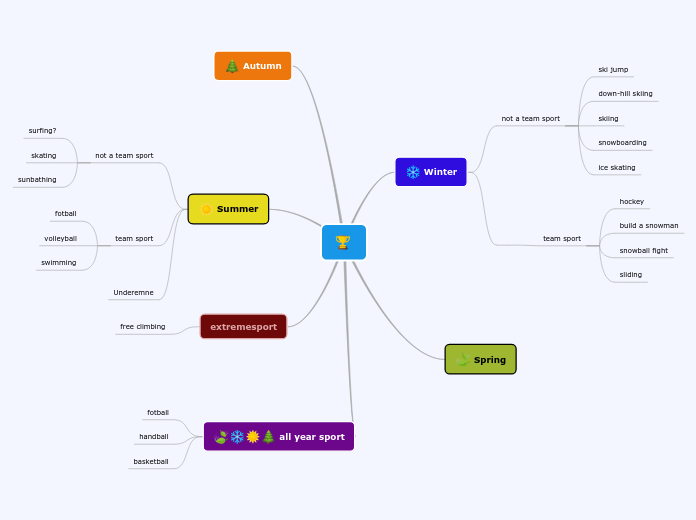Dimensions of Severity
severe adj 1 extreme and difficult to endure; marked by extreme conditions. 2 very strict towards others. 3 suggesting seriousness; austerely restrained • a severe appearance. 4 having serious consequences; grave • a severe injury. 5 demanding; conforming to a rigorous standard. severely adverb. severity noun.
ETYMOLOGY: 16c: from Latin severus.
1 a: strict in judgment, discipline, or government
b: of a strict or stern bearing or manner : austere
2: rigorous in restraint, punishment, or requirement : stringent restrictive
3: strongly critical or condemnatory : censorious <a severe critic>
4 a: maintaining a scrupulously exacting standard of behavior or self-discipline
b: establishing exacting standards of accuracy and integrity in intellectual processes <a severe logician>
5: sober or restrained in decoration or manner : plain <a severe dress>
6 a: inflicting physical discomfort or hardship : harsh <severe winters>
b: inflicting pain or distress : grievous <a severe wound>
7: requiring great effort : arduous <a severe test>
8: of a great degree : serious <severe depression>
synonyms severe stern austere ascetic mean given to or marked by strict discipline and firm restraint. severe implies standards enforced without indulgence or laxity and may suggest harshness <severe military discipline>. stern stresses inflexibility and inexorability of temper or character <stern arbiters of public morality>. austere stresses absence of warmth, color, or feeling and may apply to rigorous restraint, simplicity, or self-denial <living an austere life in the country>. ascetic implies abstention from pleasure and comfort or self-indulgence as spiritual discipline <the ascetic life of the monks>.
Degree = The amount that an entity possesses a certain property; proportion or extent.
Severe =
Adjective - severe (comparative severer, superlative severest)
1. Very bad or intense.
2. Strict or harsh.
Synonyms
* brutal
* extreme
* hard
* harsh
* intense
* rigorous
* serious
Antonyms
* mild
* minor
Derived terms
* severely (adverb)
* severity (noun)
* severeness (noun)
Functional/physiological Impact
Grade again
03 High Grade CGIN
02 Low Grade CGIN
Grade
05 Grade 5 - Death related to adverse event
04 Grade 4 - Life-threatening or disabling adverse event
03 Grade 3 - Severe adverse event
02 Grade 2 - Moderate adverse event
01 Grade 1 - Mild adverse event See CTCAE v3.0 for information on grades.
degree
10 extreme
9, very severe
8, severe
5, moderate
2, mild
1, trivial
0, not present
Addiction Severity Index
4 - Extremely
3 - Considerably
2 - Moderately
1 - Slightly
0 - Not at all
Teen ASI
Patient
4 - extremely/always
3 - very much
2 - fair amount
1 - a little
0 - not at all
Interviewer
4 - extreme problem, treatment absolutely necessary
3 - considerable problem, treatment necessary
2 - moderate problem, some treatment indicated
1 - slight problem, treatment probably not necessary
0 - no real problem, treatment not indicated
http://www.clintemplate.org/media/siteresources/argyll-and-bute/detox-monitoring-sheet.pdf
b
major
minor
c
Life threatening
Disabling
Mild
Functional impact - angina
http://www.clevelandclinicmeded.com/medicalpubs/diseasemanagement/cardiology/cad/table1cad.htm
PLUS http://www.cochranfoundation.com/docs/nyha-class.htm
Canadian Cardiovascular Society Functional Classification of Angina Pectoris
Class
Definition
Specific Activity Scale
I
Ordinary physical activity, (eg, walking and climbing stairs) does not cause angina; angina occurs with strenuous, rapid, or prolonged exertion at work or recreation. Ability to ski, play basketball, light jog (5 mph), or shovel snow without angina
II
Slight limitation of ordinary activity; angina occurs on walking or climbing stairs rapidly; walking uphill; walking or stair climbing after meals, in cold, in wind, or under emotional stress; or only during the few hours after awakening; when walking > 2 blocks on level ground; or when climbing more than 1 flight of stairs at a normal pace and in normal conditions. Ability to garden, rake, roller skate, walk at 4 mph on level ground, and have sexual intercourse without stopping
III
Marked limitation of ordinary physical activity; angina occurs on walking 1 to 2 blocks on level ground or climbing 1 flight of stairs at a normal pace in normal conditions. Ability to shower or dress without stopping, walk 2.5 mph, bowl, make a bed, and play golf
IV
Inability to perform any physical activity without discomfort; anginal symptoms may be present at rest. Inability to perform activities requiring 2 or fewer metabolic equivalents (METs) without discomfort
Inability to perform any physical activity without discomfort
Marked limitation of ordinary physical activity
Slight limitation of ordinary activity
Ordinary physical activity
Persistence
Short term/long term
Acute/Chronic
Extent
Single/multi (organ)
%
Full/partial
http://www.datadictionaryadmin.scot.nhs.uk/isddd/15438.html
Complete/Partial
Perineal tear
Cervical laceration O71.3
Vaginal laceration O71.4
Tear 4 (4th Degree) O70.3
Tear 3 (3rd Degree) O70.2
Tear 2 (2nd Degree) O70.1
Tear 1 (1st Degree) O70.0
Third
Second
First
intensity
Degree
Fetal Movement
5, Very strong
4, Strong
3, Normal
2, Weak
1, Barely felt
0, Not felt
Visual Analogue scale
end of the line to the point that the patient marks.
The VAS score is determined by
the line the point that they feel represents their perception of their current state.
by word descriptors at each end, as illustrated in Fig. 1. The patient marks on
Operationally a VAS is usually a horizontal line, 100 mm in length, anchored
Relative scale
etc
Better
Worse
Frequency
Occurrence of Tic
5 = Almost Always
4 = Extreme
3 = Very much
2 = Pretty much
1 = Just a little
0 = Not at all or symptom free
e.g. severity of abuse









